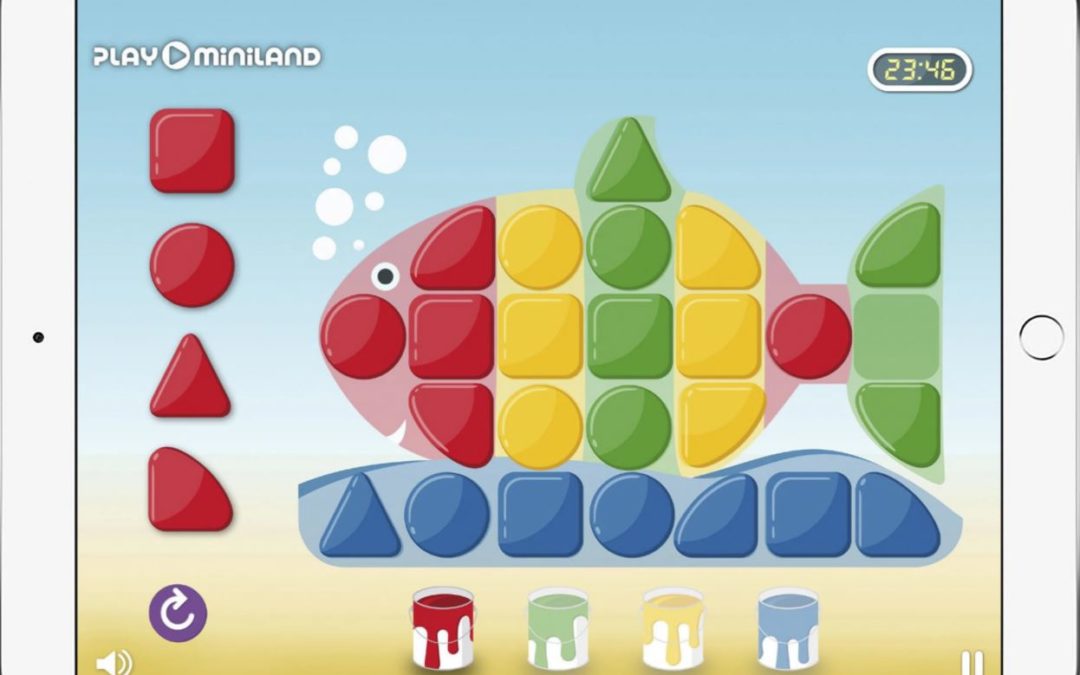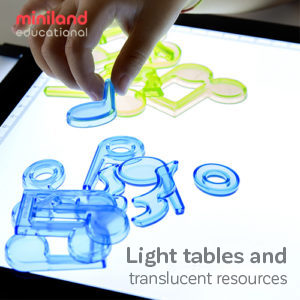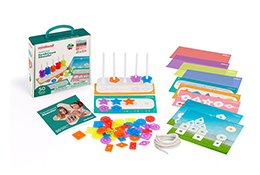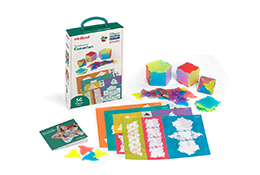In this blog, we share how Play Miniland can help you bridge the gap between the digital and real-world in your classroom.
Understand what playful classrooms can offer
Before changing your teaching environment or method, it’s important to understand how these shifts could benefit the children in your classroom. Playing is an effective form of learning, especially for developing the 4Cs considered essential for 21st-century preparedness — critical thinking, communication, collaboration, creativity. Specialty toy makers, like Miniland, have developed a catalog of educational toys for children that speaks to this specific purpose. You can read more about it here.
Know the benefits of digital literacy
Digital literacy is necessary in the 21st-century economy. So much is based on this form of literacy, that it’s unlikely someone growing up without a digital education will be able to partake in social systems effectively in the near-future. The difference lies not just in knowing how to use a digital technology, but rather in sensitizing your children to become so familiar with technology as a natural part of their daily lives that they have space to develop a critical engagement with it. To riff on a famous quote by Francis Bacon “[Technology] is a great servant, but a bad master.” With Play Miniland, you have the perfect lead into digital literacy development in your classroom that helps your students remain on top of their tools.
Make use of educational toys
Educational toys are developed to support meaningful delivery of curriculum content. The Game-Based Learning approach that Play Miniland enables is designed to stimulate active individual and group learning. Children perform in-class activities based on a game played in class. Digital activities then help cement this learning and begin building bridges between a child’s real-world experience and its digital simulation. The best part is that the 34 digital games that make up the Play Miniland experience have been designed to recognize positive achievement, rather than penalize mistakes. Your children will benefit from safe engagement that rewards participation and frames mistakes as a positive step towards learning.
Exploit cross-cutting concepts and cross-curricular content
Many of the subjects making up the K-12 curriculum share common core concepts. If you design lessons around these, rather than a particular subject, you’re able to make learning dynamic and contextualized. For example, time spent in nature is the perfect opportunity to begin a mathematical, biology education. For example, your children could learn about geometry through studying the shapes and symmetries represented in leaves, or begin learning about photosynthesis and how trees provide us with oxygen through their leaves. The point is: one experience could lead to multiple entries into the curriculum. These journeys, begun outdoors, could then be reactivated in the classroom through a well-paired Play Miniland digital experience like “Who Lives in the Woods?”.

Promote integration between home and school
While assigning a little homework each day is a good way to promote retention and develop disciplined students, it doesn’t have to inspire dread. Play Miniland activities are a great way to turn the diligence of daily homework into an activity to look forward to. Available across multiple devices, children can easily share what they learn in their school day with their parents/guardian and demonstrate their learning in person. With a little planning, this could signal the beginning of a more formal parent-volunteer program, where parents assist you in class through structured engagement that Play Miniland activities make possible.
Click here to learn more about the Play Miniland method or visit our catalog to see our full range.




